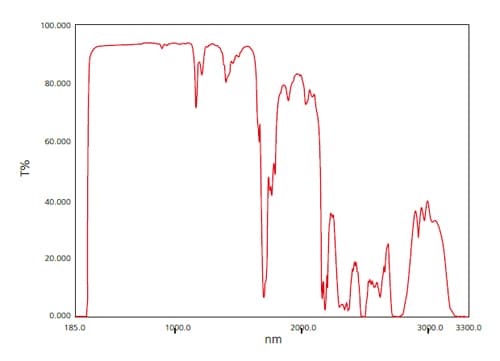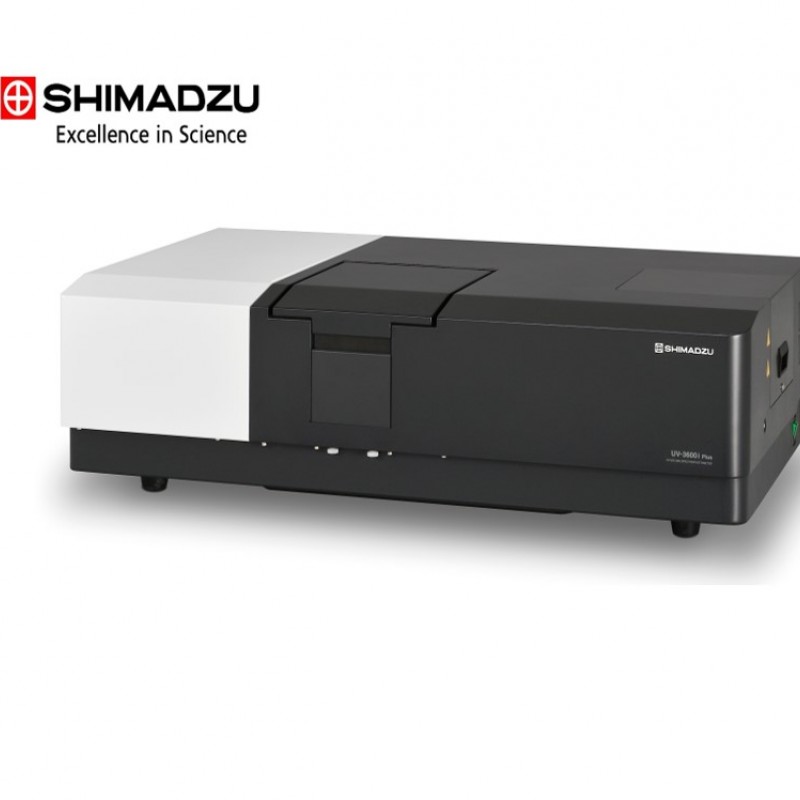
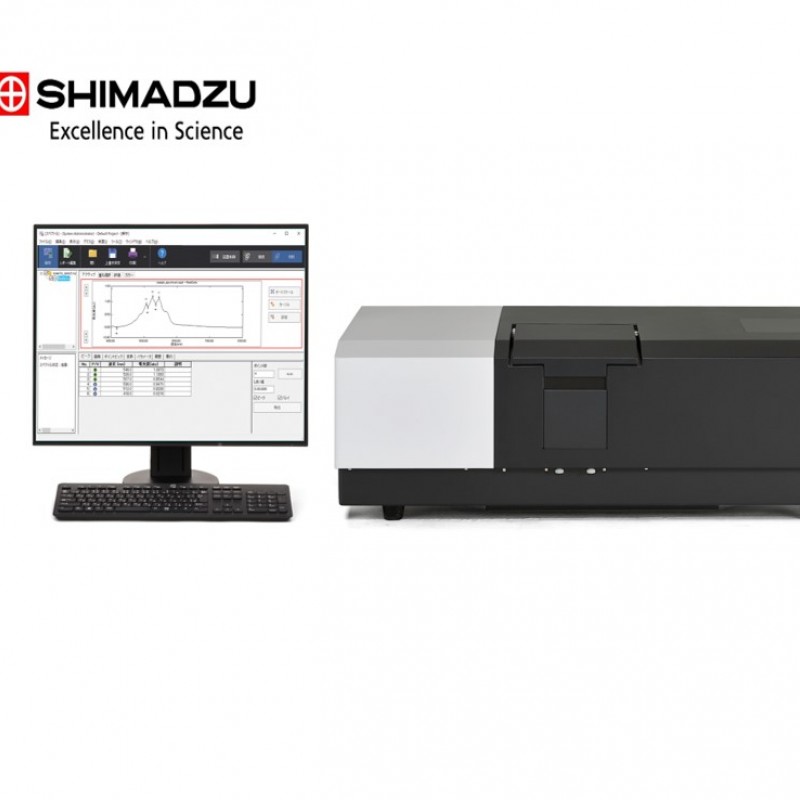
With the UV-3600i Plus from Shimadzu, the world's first three-detector UV-VIS-NIR spectrophotometer manufacturer, PMT (photomultiplier tube) is used in the ultraviolet and visible regions, InGaAs and cooled PbS detectors are used in the near infrared region.
The UV-3600i Plus UV-Vis Spectrophotometer features a large multi-purpose sample chamber and integrated sphere insert, plus three detectors for high precision measurement of solid samples. LabSolutions UV-Vis spectrophotometer software is a next-generation Shimadzu UV control software that tracks analysis efficiency. The easy-to-use LabSolutions UV-Visible software is included as standard.
The ultraviolet - visible region spectrophotometer series spectral evaluation function provides unique pass/fail evaluations for quality control. During measurements, data can be automatically exported to Excel in real time to use macros to automatically obtain desired values.

Switching between the photomultiplier tube and the InGaAs detector is possible in the range of 700 to 1,000 nm (the default switchover wavelength is 830 nm). Switching between the InGaAs detector and the PbS detector is possible in the range of 1,600 to 1,800 nm (the default switchover wavelength is 1,650 nm).

The UV-3600i Plus spectrophotometer provides precise transmittance or reflectance measurements in the ultraviolet to near-infrared regions. The level of sensitivity in the near-infrared region is significantly enhanced by using the combination of an InGaAs detector and a cooled PbS detector for this region. Spectra can be obtained without interruption for the entire range, with a high level of sensitivity and precision.
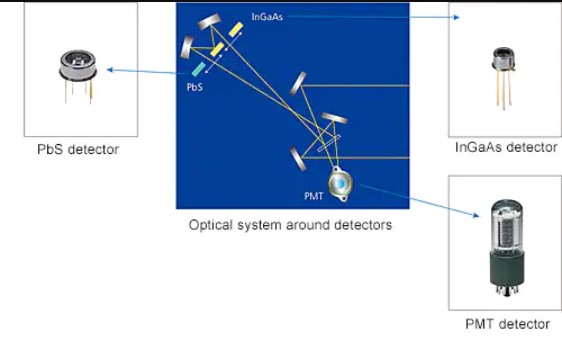
UV-3600i Plus UV-VIS-NIR triple detector spectrophotometers are equipped with a high performance, grating dual monochromator and achieve low stray light level with high resolution. The wavelength range is 185 to 3,300 nm. This instrument can perform spectrophotometry for a variety of sample types, from those requiring high resolution, such as gas samples, to liquid samples with high concentration.
The figure on the left in the image below shows the spectra obtained by measuring an aqueous solution of KMnO4 at six concentration levels. A mesh filter was placed on the reference beam side and a differential method was used to measure up to absorbance level 6. The use of negative absorbance allows measurement with little noise even at high absorbance levels. The figure on the right shows the calibration curve using peak absorbances around 525nm for aqueous KMnO4 solution, showing that linearity is maintained up to absorbance level 6.
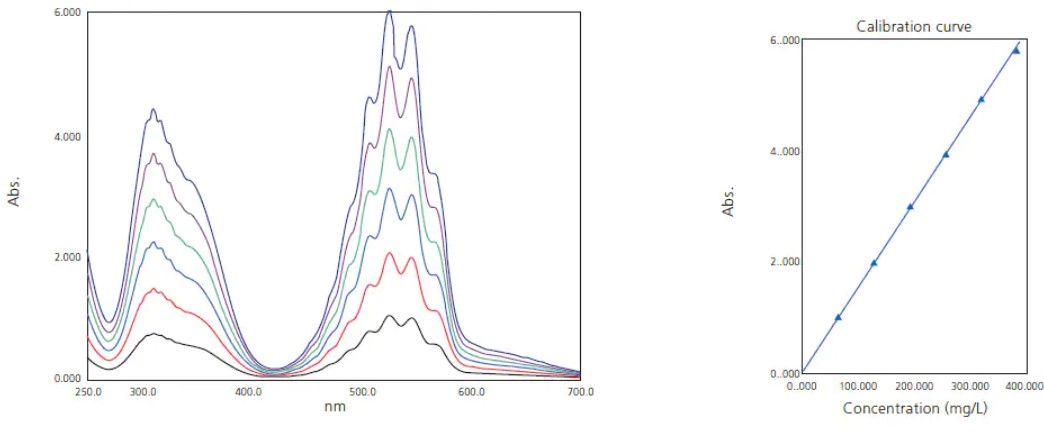
The wavelength range of 185 to 3,300 nm enables measurement over the ultraviolet, visible, and near-infrared regions. In addition, the acquired spectra exhibit little noise across the entire range.
The figure in the below shows a spectrum obtained by measuring toluene in the range of 185 to 3,300 nm using a cell with an optical-path length of 2 mm. Spectra in the ultraviolet, visible, and near-infrared regions can be obtained.
